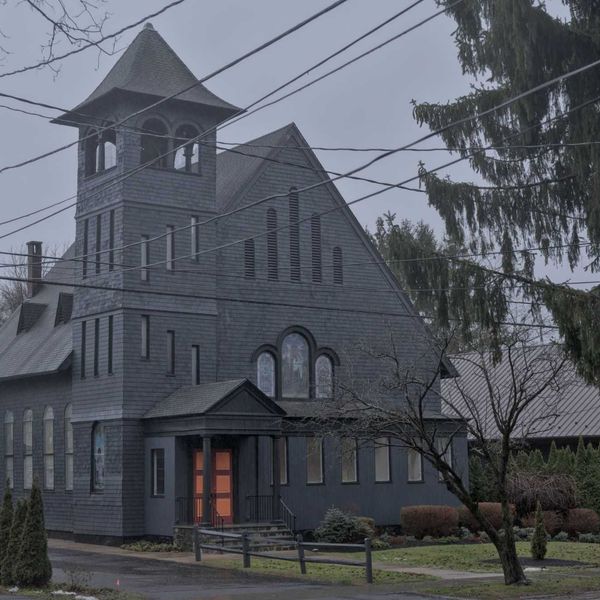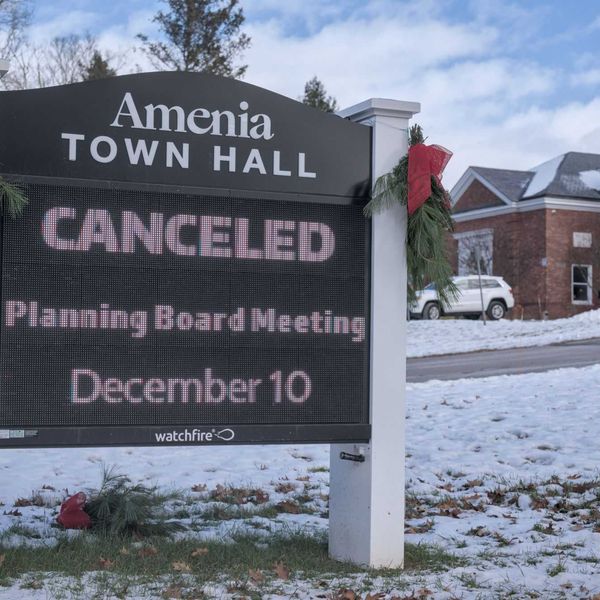Expanding the field: Cary invites teachers to study ecology at the Institute
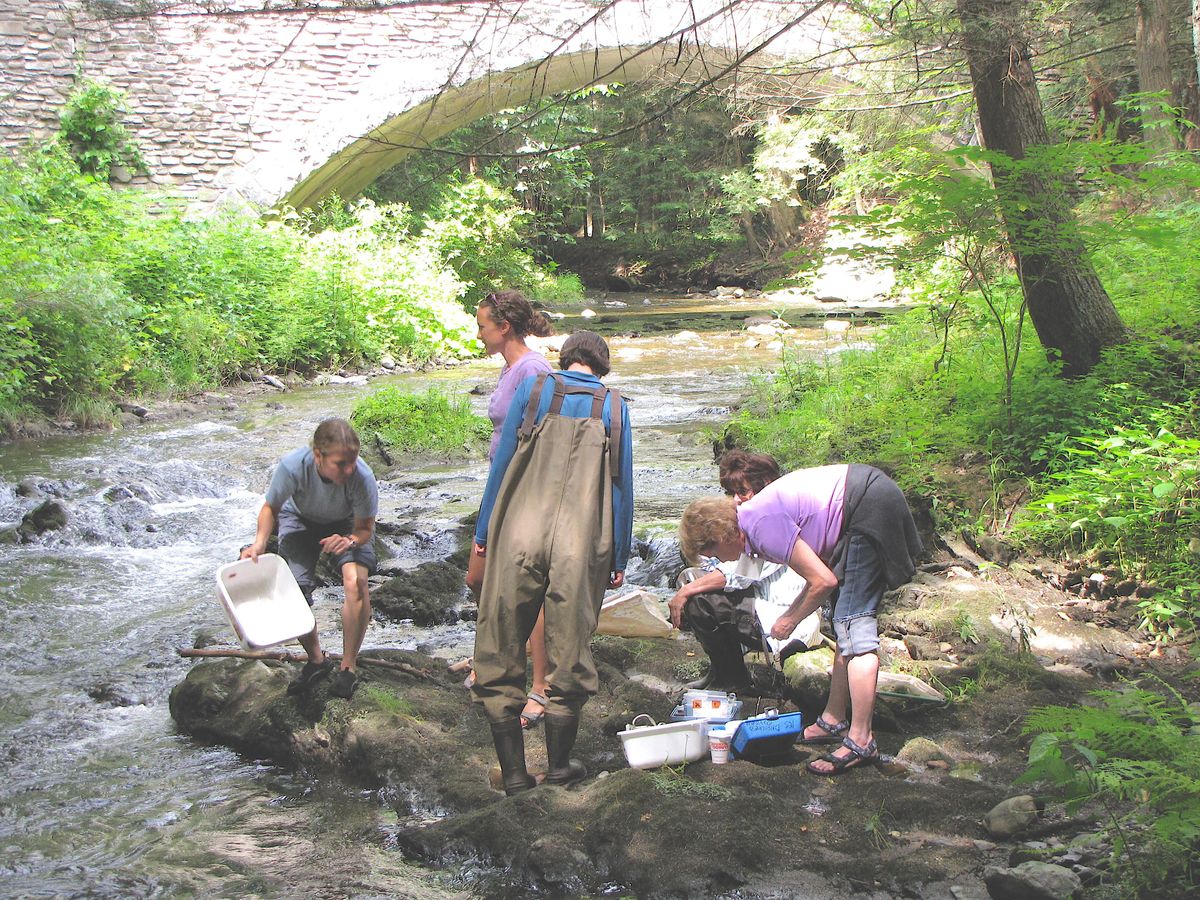
Some of the research projects will involve the streams and ponds in eastern Dutchess County. Cary has conducted research into issues plaguing our waterways — such as pollution through medicine dumping and invasive species that have come to sites nearby — and their possible solutions for years.
Cary Institute of Ecosystem Studies
 Cary Institute is located at 2801 Sharon Turnpike in Millbrook, N.Y.Cary Institute of Ecosystem Studies
Cary Institute is located at 2801 Sharon Turnpike in Millbrook, N.Y.Cary Institute of Ecosystem Studies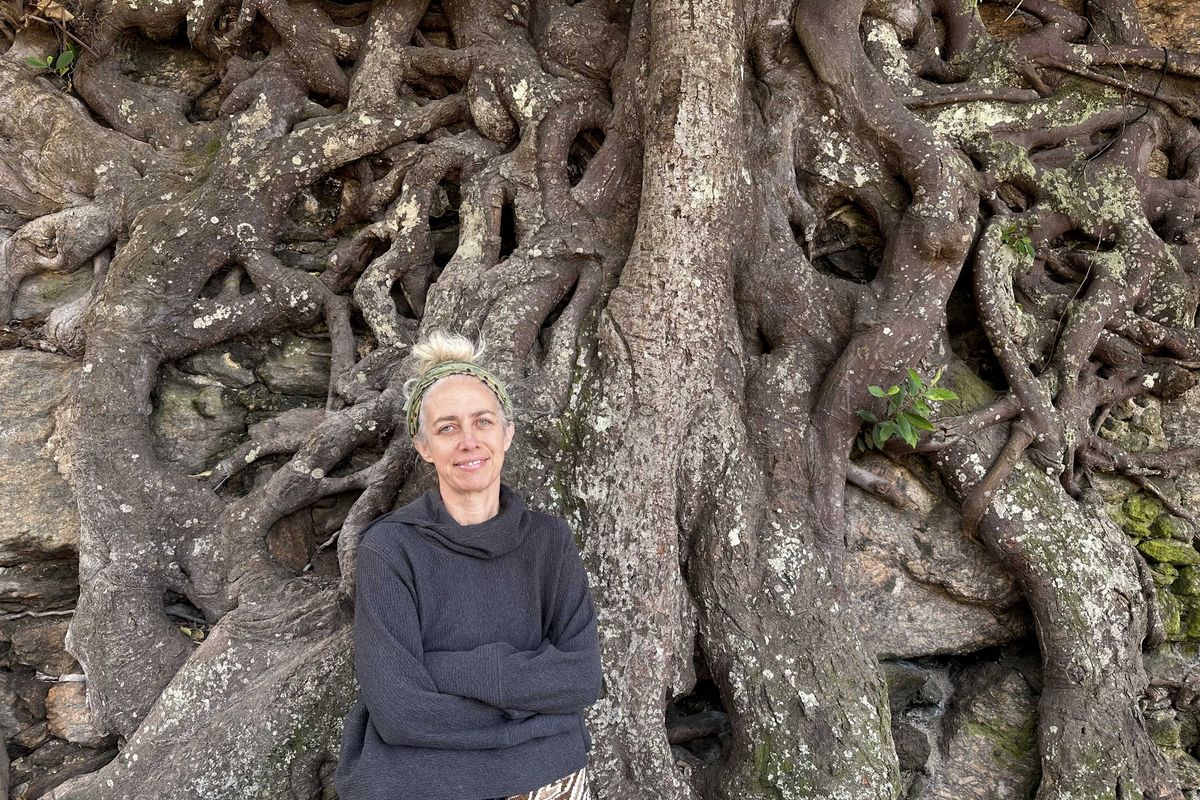

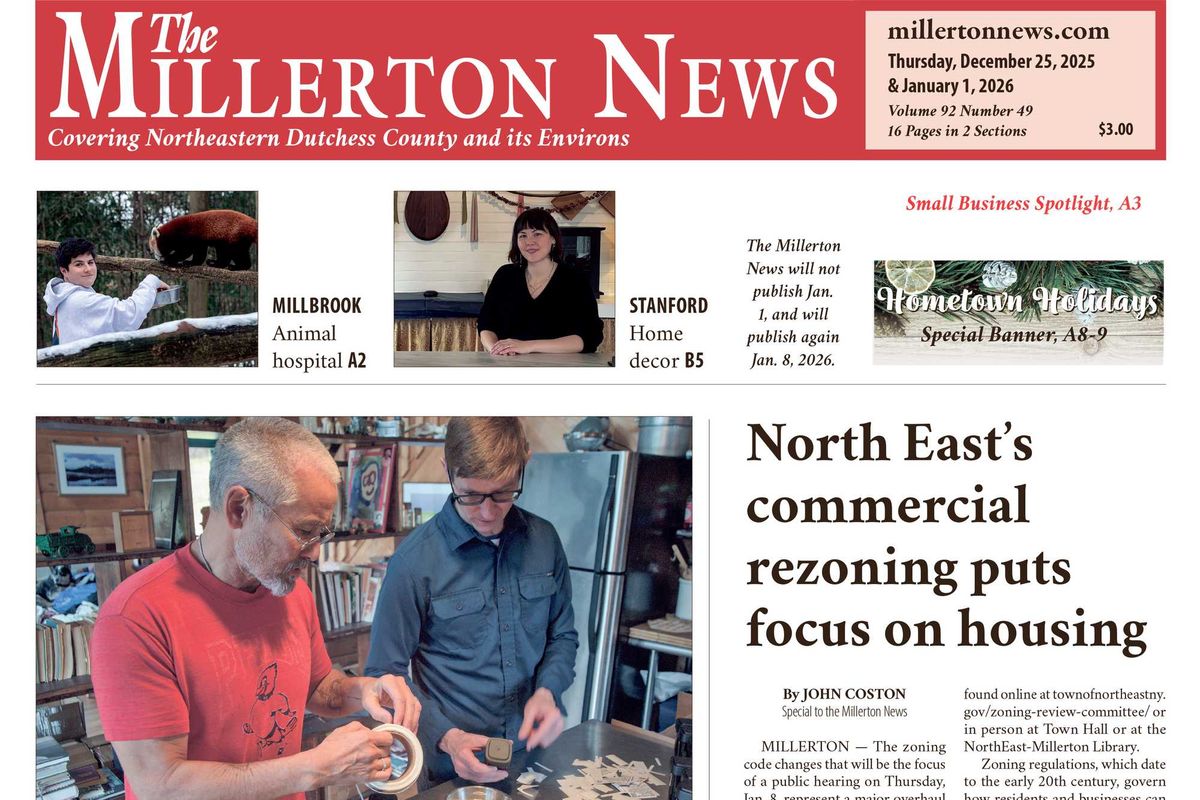



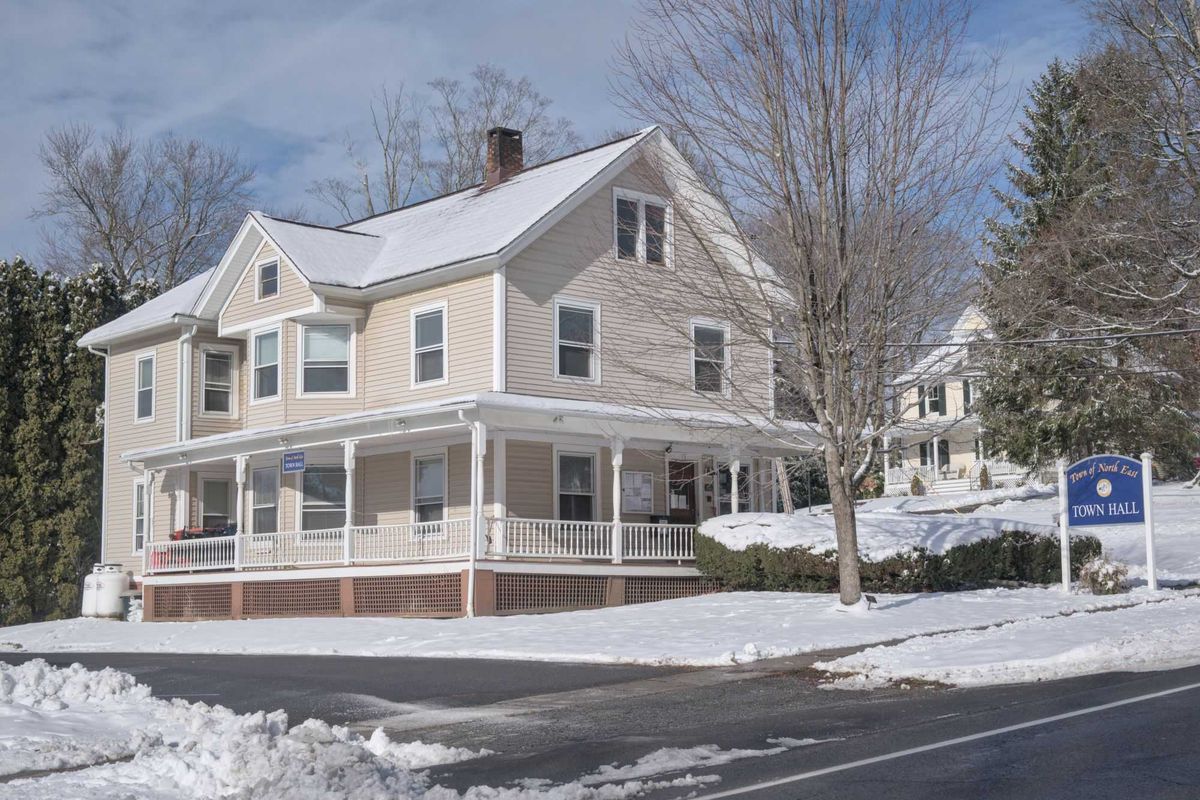
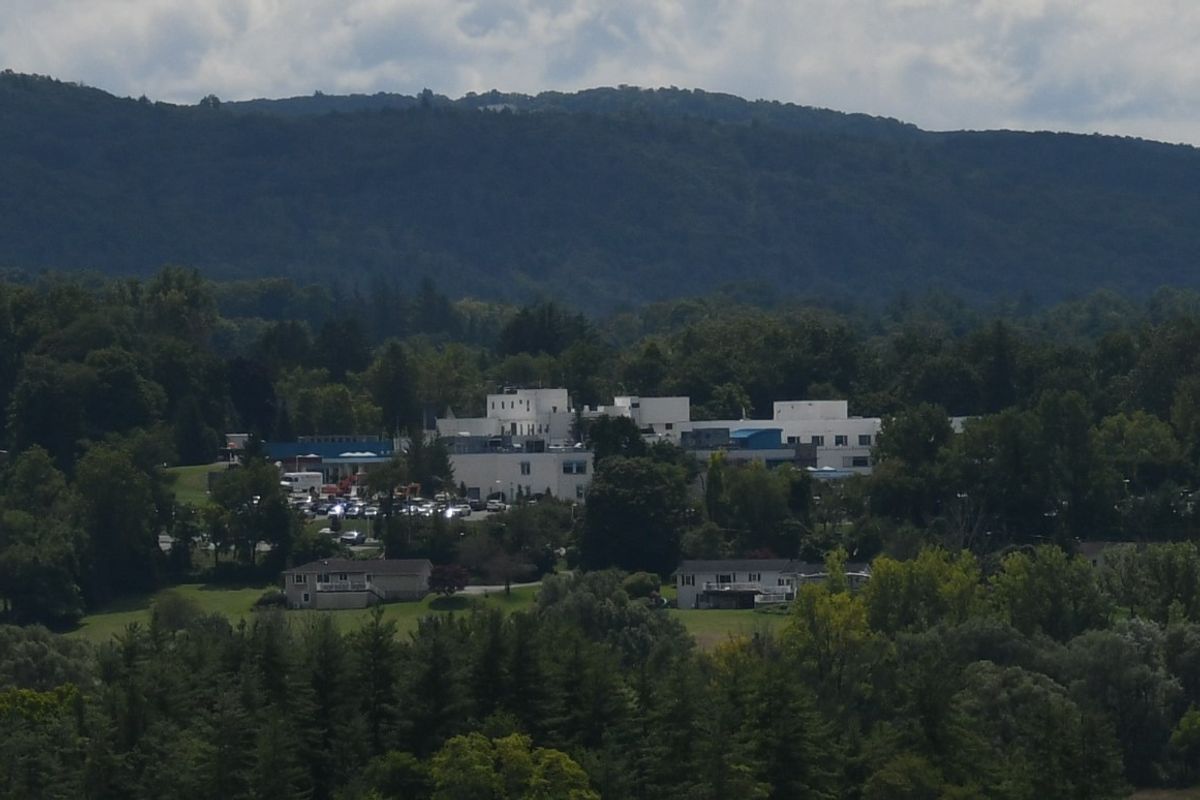
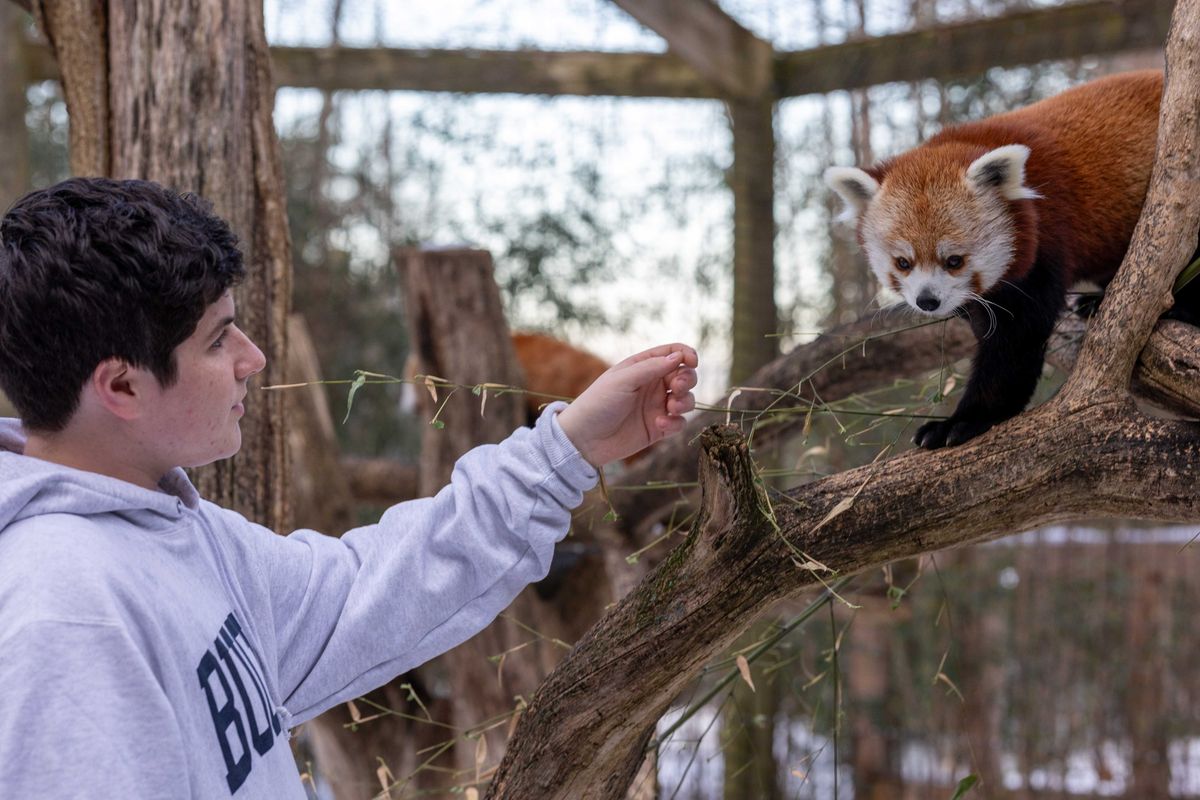
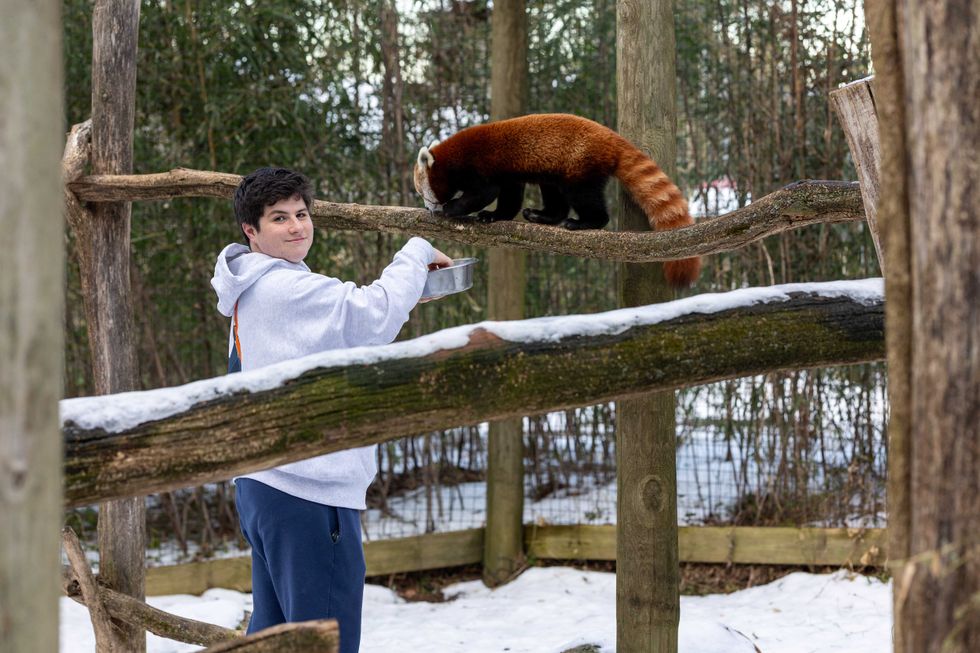 Max Amsterdam feeds a red panda at the Trevor-Lovejoy Zoo on the Millbrook School campus on Wednesday, Dec. 17. Amsterdam said he became interested in the school's zoo in his freshman year when he watched an older student perform a biopsy on a wolf that had passed away at the zoo.Photo by Aly Morrissey
Max Amsterdam feeds a red panda at the Trevor-Lovejoy Zoo on the Millbrook School campus on Wednesday, Dec. 17. Amsterdam said he became interested in the school's zoo in his freshman year when he watched an older student perform a biopsy on a wolf that had passed away at the zoo.Photo by Aly Morrissey
